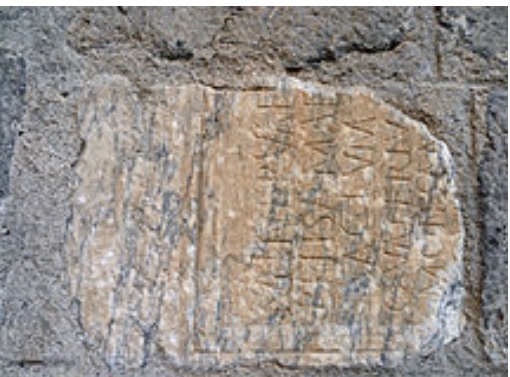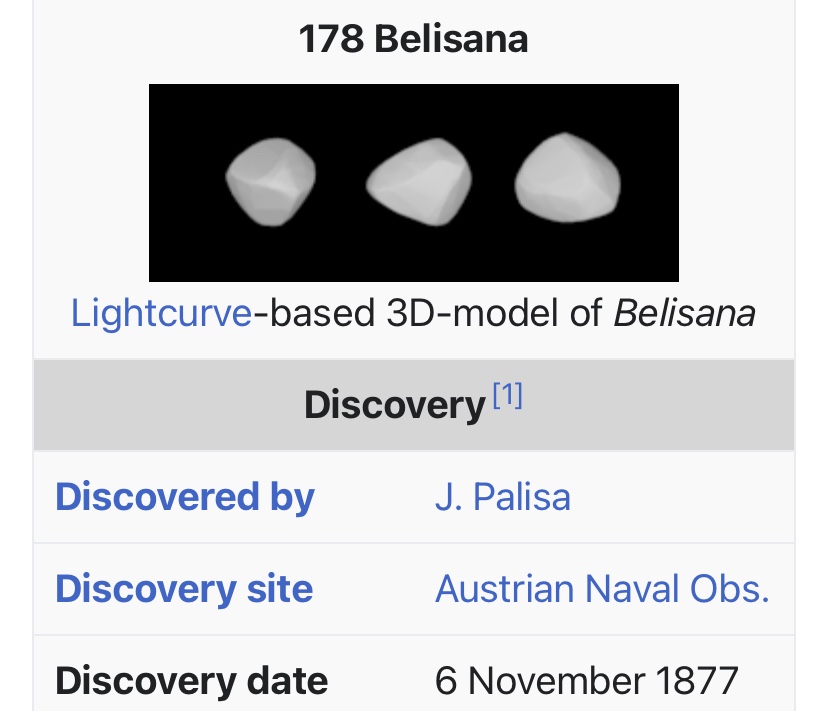In our Celtic neopagan celebration, the young maidens are always given one of the highest honors for their youth, beauty and fertility, for without them, we would not exist as a species. This is why we crown the Beltaine Maidens, in honor of Mother Earth’s warmth and fertility coming into all her glory. 🌹
Beltaine is an agrarian celebration of old Europe, and the half way point between Spring Equinox and Summer Solstice, with the Sun at 15 degrees Taurus. Astronomically, it is the first day of summer.
It’s element is Fire, and the warming of the Earth in the northern hemisphere.
About 11,650 years Before Present, the Earth’s ice sheets began to melt, elevating sea levels and, eventually, warm, moist soil and the advent of agrarian culture from 9000 to 4000 BP, known as the Holocene period, when climate conditions were very much like the present, as evidenced by the 2015 Greenland Ice Project.
Anthropologists and Archaeologists infer that it is likely agriculture began about 9000 BP with the development of polished stone tools.
Our ancient Bronze Age and Neolithic ancestors studied the patterns of Earth and Sun, settled into the Land in groups and cultivated crops of wild grain and plants.
The groundbreaking work of the anthropologist, Maria Gimbutas in Catal Huyuk at the Tigres River reveals the new neolithic revolution, the post-ice age agrarian culture that opened the gateway to the development of civilization as we know it today. During excavations, Gimbutas studied this unearthed city in Anatolia dating to 6300-5400BP and community of burial sites that revealed paintings in ochre of funerary rites of females adorned with animal tusks and detailed stone pottery and artwork, symbols of power and leadership in an ancient culture. Stone houses with kitchens and sacred rooms with altars of ancient grain were excavated initially, with wall art, reliefs and frescoes of stone and clay depicting young nude females reclined and standing, and more mature females, both with and without children and animals. (1). Continued evidential research at the Catal Huyuk Project is ongoing, with the consensus of the following: Women developed a spirituality of nature awareness, intuition and female leadership in the neolithic religions, and created a spiritual, peaceful community, led by the concept of female deity. Women, as givers of life, and the responsibilities of child rearing and their survival developed agriculture, stonework, pottery, basket weaving, figure sculptures to stand in the community center, and in their homes. Women were in charge of the development of seeding, tilling, hydration, planting and harvesting, which gave way to the development of herbs and their medicinal properties for healing and vitality of their people.
Celebration of celestial patterns, according to the planting, growth and harvesting of crops evolved in the new neolithic revolution across continents that are at, just above, or below the equator, that have been discovered in Europe, Asia, and Central and South America. Goddess paintings, drawings and figure sculptures, and cave paintings of women and children dominate neolithic agrarian community throughout the ancient world, with ongoing evidence of the worship of female deity.
An awareness that coincided with their efforts to secure their vitality and survival of the species. The higher cognitive concepts of objective reasoning, problem solving and creativity in human development and community building that we know as ratiocination, or inductive and deductive reasoning, were initiated in the neolithic communities, opening the gateway to higher learning as we know it today. (2).
Multiple Goddess Temples in Old Europe, dating to the 5th millennium, were discovered in Malta.
“Malta, with its numerous temples, was probably a holy island (isola sacra ) to which believers came from all parts of the world to be initiated into the mysteries of the Great Goddess, whose colossal fragmented statue has been discovered under one of the temples. Each Maltese temple has a ground plan in the form of a uterus or the silhouette of the Great Goddess. Figurines with deformed bodies and representations of the so-called sleeping ladies found in these temples suggest that they were also healing places and oracles where believers could, through a period of sojourn (incubation), obtain cures for the body or soul. The very act of walking through these uterus-shaped temples, between alignments, or through the circles of cromlechs had the significance of an initiation.” (3).
The ancient Celtic social structure descended through the mother: “women…were highly honoured, female symbolism formed the most sacred images in the religious cosmos, and the relationship with the motherhood was the central element of the social fabric, the society was held together by common allegiance to the customs of the tribe loosely organised around the traditions of goddess” (4).
By 6400BP, Agrarian neolithic life, spirituality and nature celebrations in ancient Celtic culture extended throughout old Europe from Catak Huyuk, Anatolia and the Fertile Crescent through ancient Turkey and Greece, into the Alpine regions and north to Denmark, west to France, Spain and Portugal, northwest to insular Britain; south to Iberia, Italy and Sicily.
By the 3rd century Roman writings, we know the Gallo-Roman Goddess Belesama, translated from the Indo-European root *b h elH “The Very Bright” and the Sanscript Belesah “The Strongest” was worshipped in the east and west Alpine regions, northern Italy and insular Britain.
Belisama is the correspondent to Minerva, goddess of Light and Fire, Forging and Craft. It is thought by some scholars that her consort was the Gallo-Roman god, Belenus, associated with Apollo, and the most widely worshipped Celtic male god. The Beltaine Fire celebration takes it’s name from this goddess and god.
The La Tene Celtic towns, lakes and rivers carry her name, or the root of her name: Beil/Bienne, a town in the Neuchatel region of Switzerland at the French-Germanic border. Two neolithic settlements have been found at Lake Beil in Neuchatel and Bern that lay just south of the lake.

A Gaulish inscription found at Vaison-la-Romaine, Provence, shows that a nemeton, a sacred space of ancient Celtic religion, was dedicated to her. Inscribed by Saint Lazier in latin: “Segomarus Uilloneos, citizen [toutius] of Namausus, dedicated this sanctuary to Belesama”

William Camden, the Elizabethan Antiquarian, identified the River Ribble as the Belesama estuary in Roman times, his work, Britannia.
The documentation of William Herdman (1843). Pictorial Relics of Ancient Liverpool. Oxford, identifies the River Mersey as Belisama.
178 Belisama, a minor planet, is named after the Celtic goddess in 1877 by the Austrian astronomer Johann Palisa.

Now, the Wheel brings us to Beltaine 2021.
The warming of the Earth brings bountiful beauty all around us with growth of crops and fertility. An earthy sensuality and sexuality are felt in our blood and bones, as our ancestors of old.
The ancient reliefs and frescoes of yesterdays’ Catal Huyuk have given way to our present day Beltaine Maidens. In our Celtic neopagan celebration, the young maidens are always given one of the highest honors for their youth, beauty and fertility, for without them, we would not exist as a species.
This is why we crown the Beltaine Maidens, in honor of Mother Earth’s warmth and fertility coming into all her glory. 🌹
Blessed be. 🕊
References:
1, Gimbutas, Marija. The Civilization of the Goddess, ed. Joan Marler. San Francisco: HarperSan Francisco, 1991.
2. Sjöö, Monica and Mor, Barbara. The Great Cosmic Mother. San Francisco: Harper & Row, Publishers, 1987.
3.
4. Condran, Mary. The Serpent and the Goddess. New Island 2002.
Leave a comment